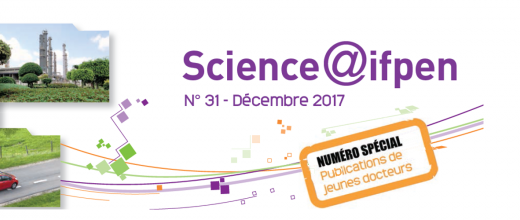Innovation and Industry
What are e-fuels, what substances does the term cover, how are they synthesized, for what usages and with what advantages and limitations? A summary note and an online report address the questions associated with the properties and usages of e-fuels.






